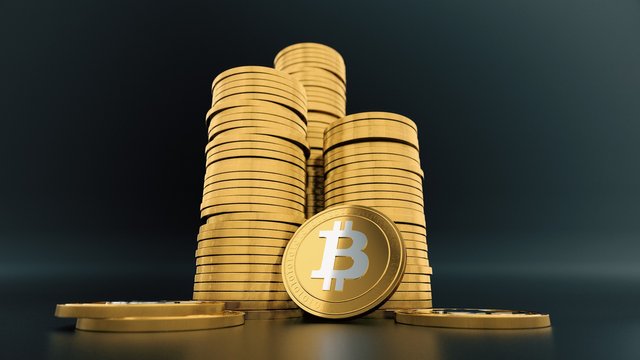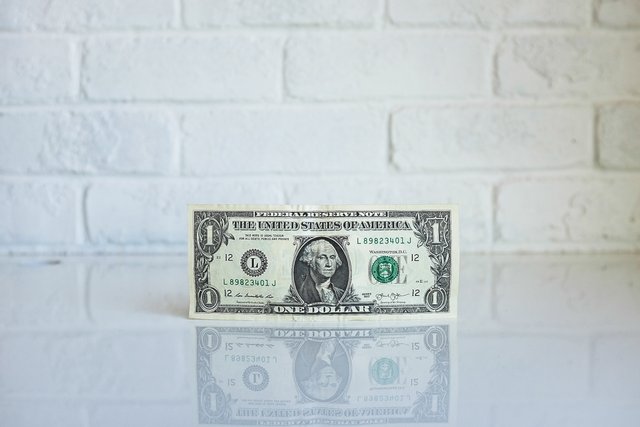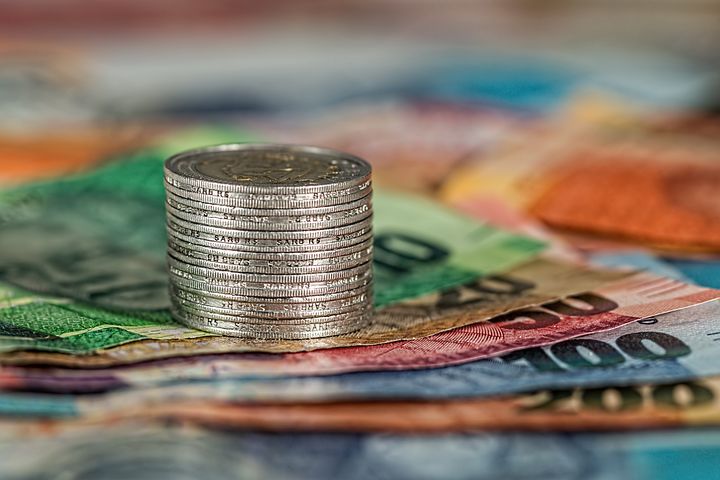The Birth of Bitcoin and a bit about Blockchain - Series 1
Welcome to the first of my Blockchain series for beginners and also those who want to know a bit more. You can read through this article which I have narrated in my own way (absolutely interesting - a story in itself!) or scroll down to the bottom and read the summary. So here goes……

Image from Unsplash
Once upon a time, 3 January 2009 to be precise, a ‘man’ called Satoshi Nakamoto - rumour has it that Satoshi is not even a person but a group of people! But the long and short of it is we do not know who he is - decided to create an electronic form of currency called Bitcoin.

Image by prottoy-hassan- -Unsplash
According to Satoshi, our money which is also known as Fiat - "legal tender whose value is backed by the government that issued it" - https://fool.com - goes through various kinds of financial institutions and third parties and on its journey incurs many charges due to regulations. He felt that if people could transact their currencies through a peer-to-peer or person-to-person electronic cash system, it would be cheaper and simpler for all. His examples of institutions are banks, credit card companies, payment platforms, etc

Image by neonbrand- Unsplash
Satoshi wrote that exchanging physical cash like taking coins and paper money to a shop might be fine but that when it came to electronic money, the 3rd parties have to trust you and require a lot of your personal data in order to do this.
Due to the prevalence of fraud, the 3rd party demands even more in-depth knowledge of you like your mother’s maiden name, your Grandmother’s first name, etc. Come on! You will be shocked at how much of your info is held out there.
Satoshi says this creates a trust issue. Merchants need to trust you to act on your behalf. We also know how long some of these transactions take. If it is an international payment, it could take over a week with heavy charges. Transactions are also vulnerable to fraud and a lot of people have been ‘burned’!

Satoshi felt Fiat is controlled CENTRALLY by banks and Governments and does not give citizens enough of a say on this. He strongly believed that there should be a way for a citizen of any country to carry out transactions directly, without boundaries and with minimal need for middle men such as banks, governments and other kinds of financial institutions.
Imagine how controversial this thought was but a lot of geeky computer people got excited about it and avidly followed his plans. To them, it was not about anarchy or bringing down governments. It was about people controlling their own money. And about them carrying out financial transactions around the world without the need for bank accounts - It was about DECENTRALISATION.

Image by atharva-tulsi Unsplash
There are about 2.5 billion people in Africa and other developing nations who are unbanked and unknown - a lot exist without a record of their identity. There are countries where women work and their hard-earned money is taken from them because they do not have a bank account in their name. The list goes on and the mind boggles!
So what is Bitcoin?
It is a digital kind of money that can be transferred instantly and securely from one person to the other. You can use it to pay family, friends or transact businesses. It is almost impossible to steal because of the way the underlying technology in which it was built operates.
This technology is called Blockchain and it is simply an electronic ledger that resides identically on many computers round the world.
All transactions on this ledger can be viewed by anyone as long as they have what is known as private and public keys (more on this later) to view the transaction.
Bitcoin can also be divided into 8 decimal places! It means that you can buy a fraction of a bitcoin. Therefore, 0.00000001 BTC is the smallest amount that can be handled in a transaction. The last bitcoin will be generated in the year 2140. The market value of bitcoin fluctuates; so as at the time of writing this, a bitcoin is; $8,526. When it began in 2009, it was about $0! In 2010 it was worth $0.39. A lot of people who bought it then are now extremely rich. Bitcoin is also popularly known as digital gold.
What are the uses of Bitcoin?
It can be used as payment for goods or services.
You can buy bitcoins from Exchanges (They are like online bureau de change).
You can trade bitcoin on trading platforms and exchanges.
You can also buy bitcoins from Bitcoin ATMs although the transaction fee could be high.
You can invest in bitcoin but the cryptocurrency market is very volatile and not for the faint-hearted. If you want to invest, it has to be money that you can afford to lose.
A few ’evangelists’ have predicted that bitcoin could get to 1 million dollars per coin in years to come. It fell from it’s all time high of close to $20,000 around December 2017.
SUMMARY
So, let us recap the above;
ABOUT BITCOIN
Bitcoin was created in 2009 by a man or a group called Satoshi Nakamoto.
It is an electronic money that can be processed and viewed simultaneously on many computers around the world by
specialists called Miners with powerful computers that can solve mathematical problems required to find a bitcoin.
It is an electronic payment that allows transaction between people as long as they have a private key and public key (more explanation of this later)
It is being used around the world but it might take many years before wider adoption around the globe happens.
GOOD THINGS
In the future the need for banks or financial institutions might become minimal due to the disruption of this technology. Think of how email disrupted the postal system.
A lot of startups in developing countries are using it to pay local people who do not have banks or easy access to banks.
The birth of bitcoin allowed us to discover the value of its underlying technology – The Blockchain. It has also allowed the creation of hundreds of other digital currencies.
Bitcoin is also called digital gold and in time might become a store of value just like paintings by the old Masters.
Due to the birth of bitcoin, we now have what is termed the Internet Of Money( A book title by Andreas Antonopoulos https://antonopoulos.com/ ). It means the internet will become a means of banking our own money. How exciting that is!
Bitcoin is not a’ FAD’. It is here to stay.
NOT SO GOOD THINGS
As it requires huge computation power to mine, a bitcoin transaction takes a long time and charges could be expensive.
It’s value fluctuates and it is still very volatile.
Cyber criminals have used it for fraud but it is rising above this.
The market is currently unregulated and subject to market manipulation.
Finally..do you know….
There is a traditional currency system in places like the middle east and Afghanistan known as the Hawala. It is an exchange of currency based on trust. The only difference between it and bitcoin is the mode of transfer. There are no computers. It is too long to explain in this article but do google it. It makes an interesting read.

Image by junhan-foong- Unsplash
Coming soon -
Series 2 - What is Blockchain - What has it got to do with me!
![]()
Image by rawpixel- unSplash
To make it all interesting.....I have timestamped this article on a blockchain platform called POET (More about POET in another article). It means it is copyrighted on Po.et. “Po.et is a shared, open, universal ledger designed to record metadata and ownership information for digital creative assets. Po.et is a continuation of Proof of Existence, the first non-financial application of the blockchain.”(Po.et Foundation - https://www.po.et/about ). If you create original digital content PO.ET is worth exploring.